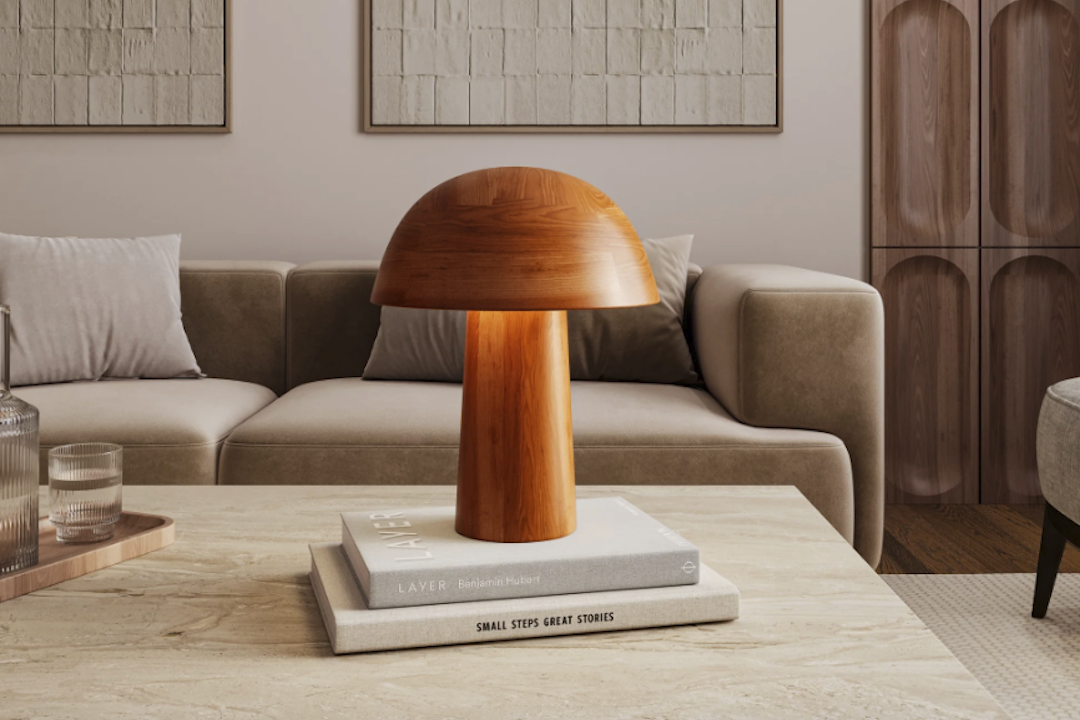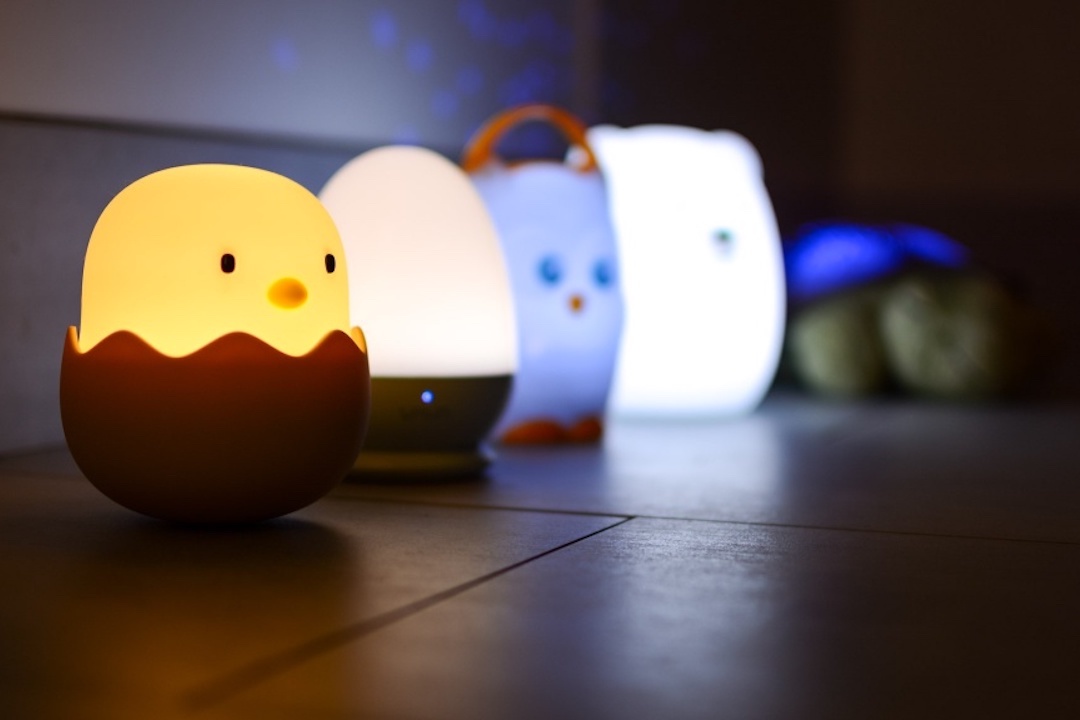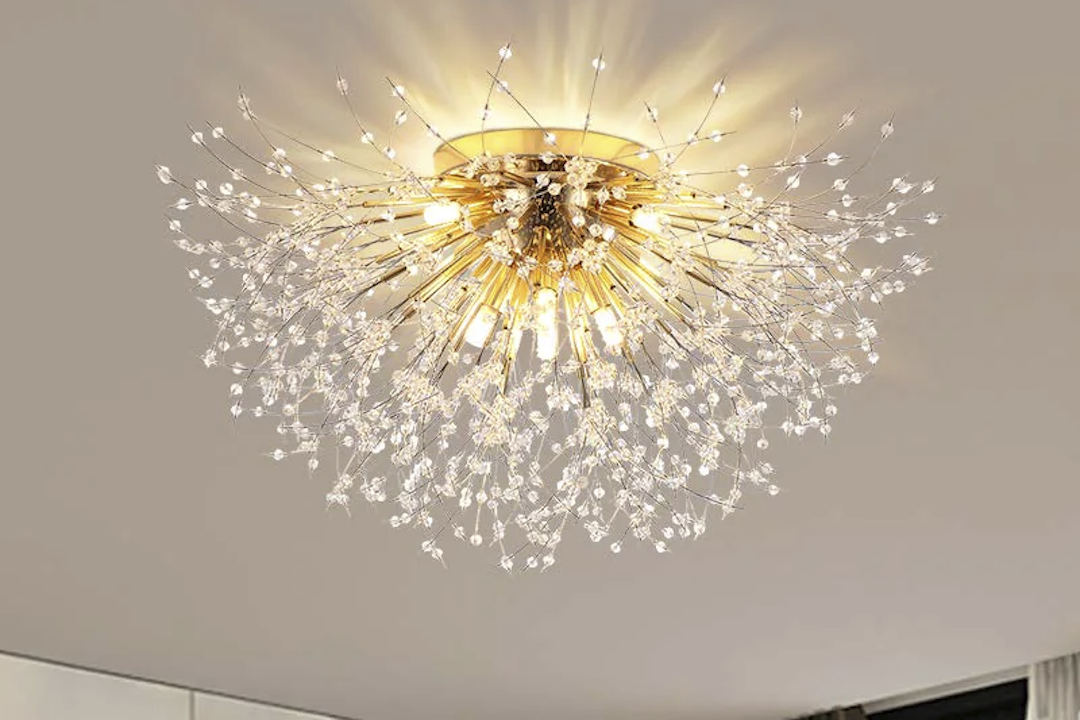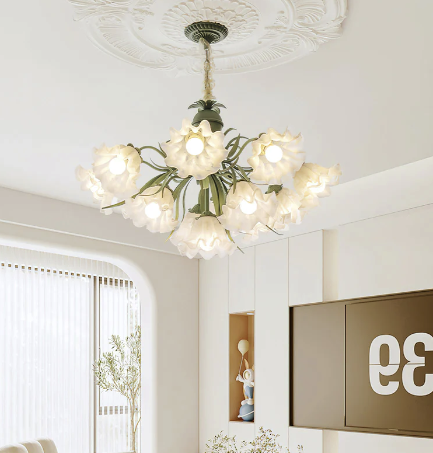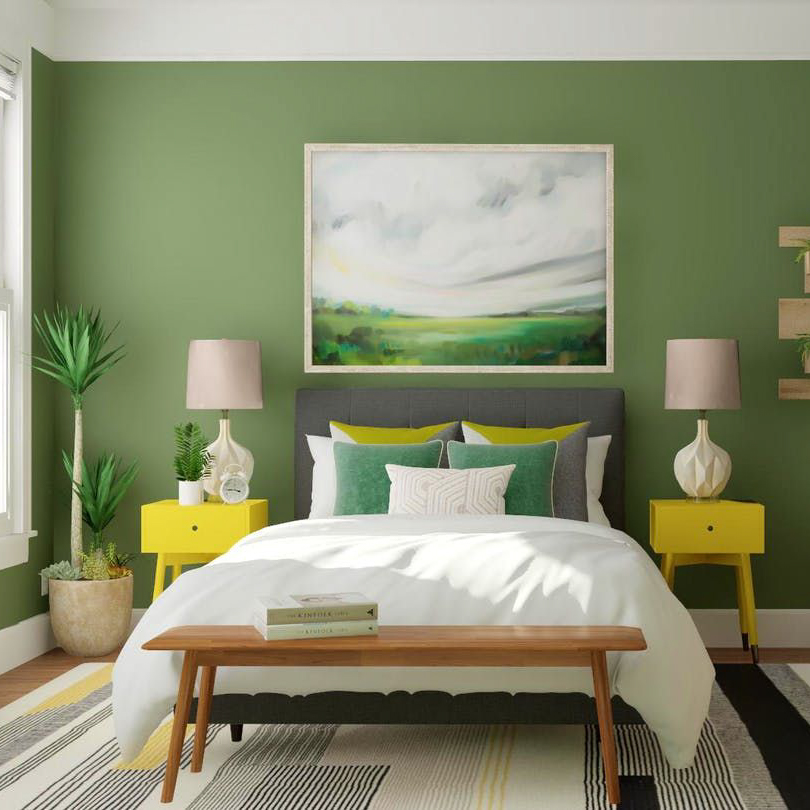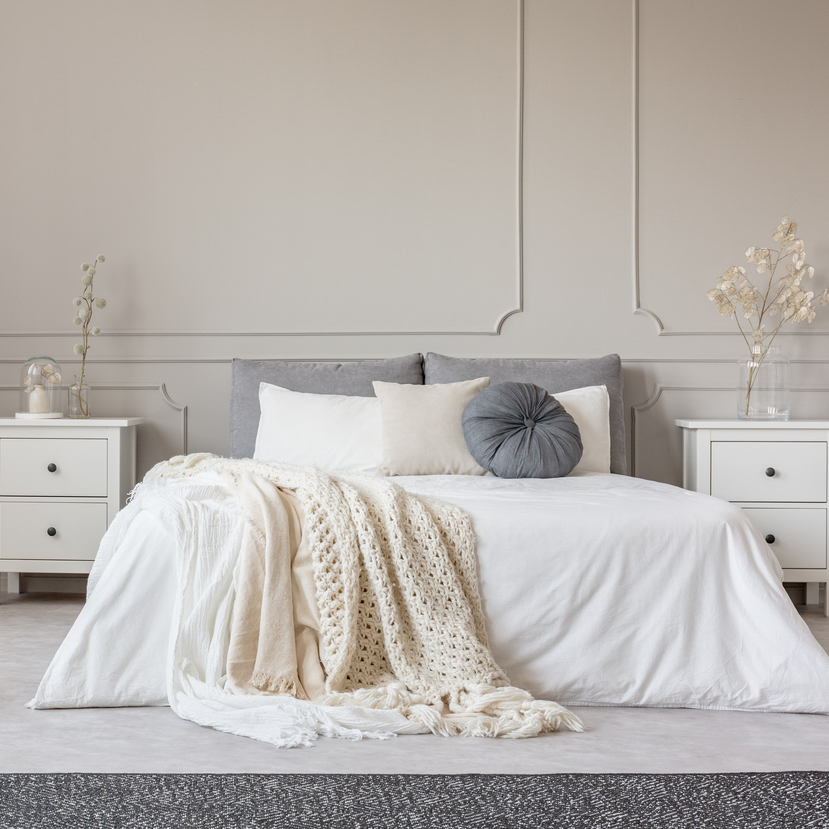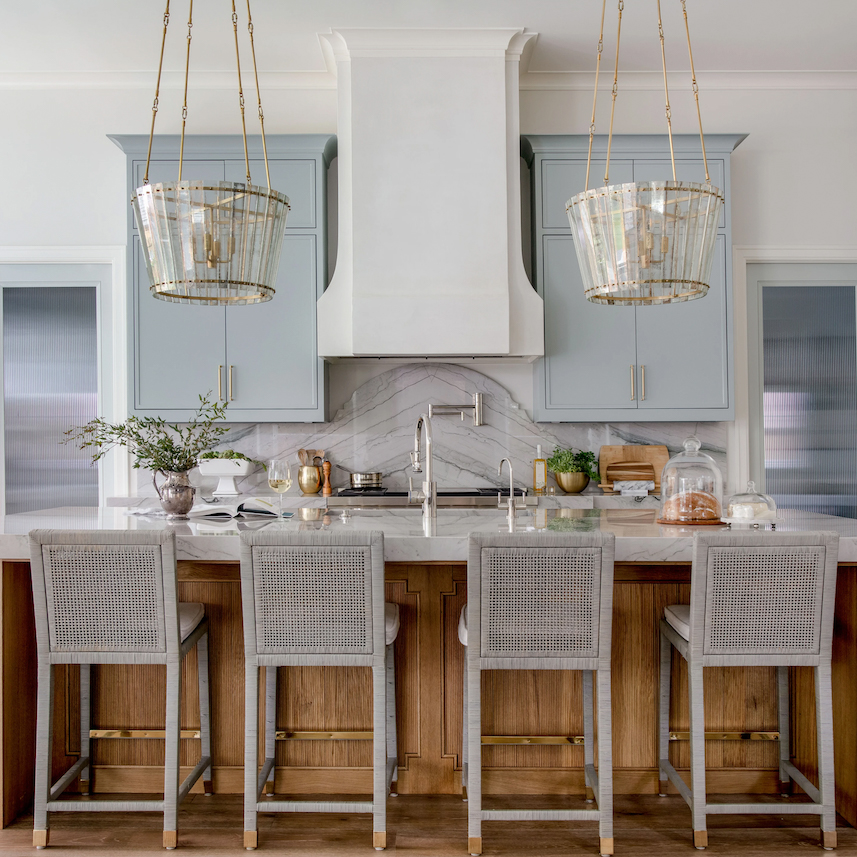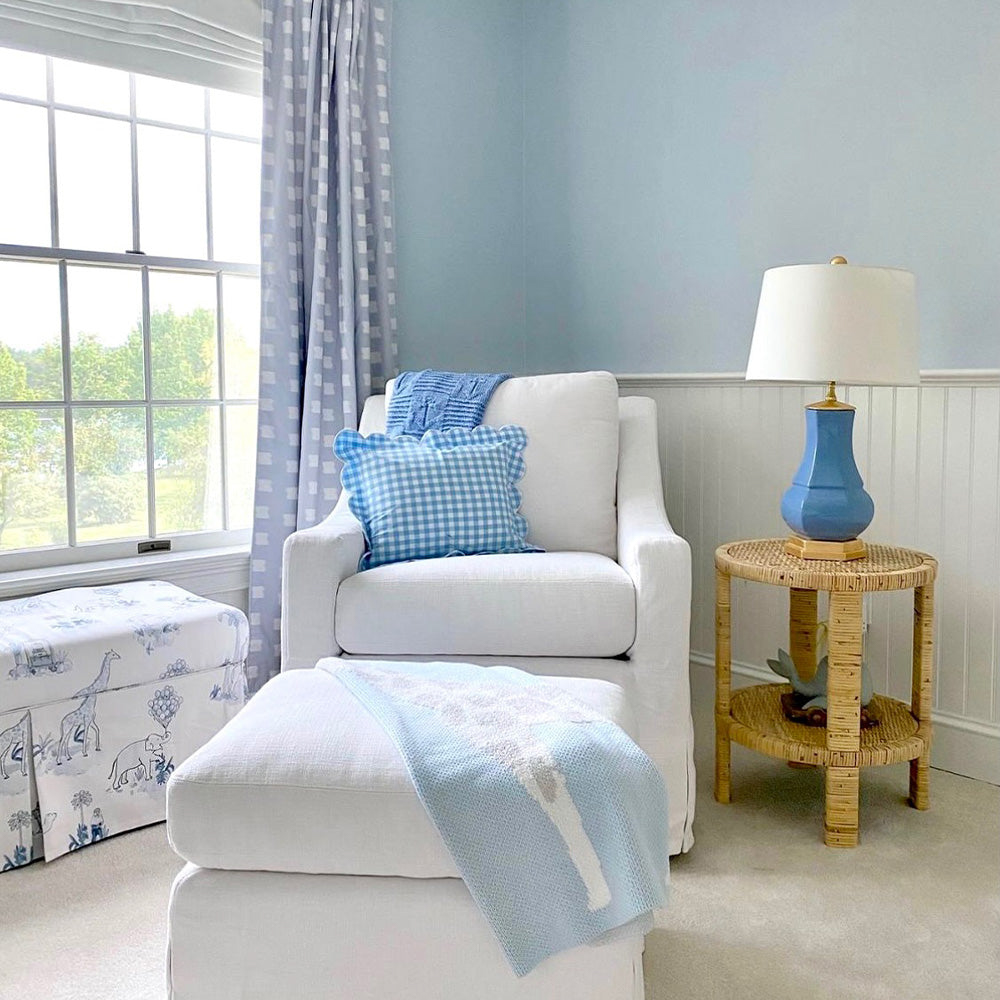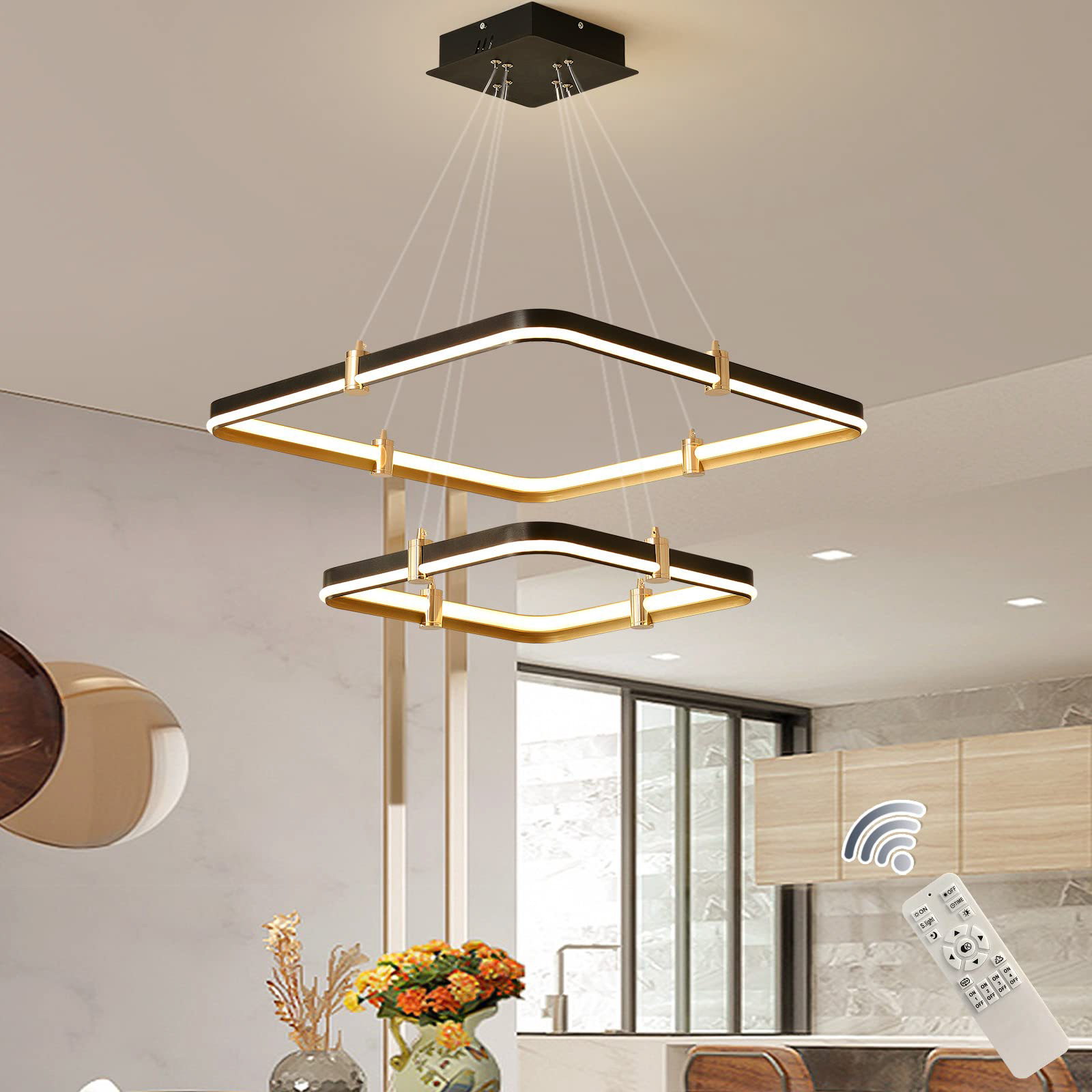When we think of light sculptures, traditional images of chandeliers and ornate fixtures often come to mind. However, the intricate and delicate beauty of Akari light sculptures is a testament to the creativity and innovation in modern lighting design. Akari light sculptures are Japanese-inspired paper lantern designs created by Isamu Noguchi. These light sculptures have been captivating people around the world for decades, and in this article, we will explore their allure and appeal.
A Brief History of Akari Light Sculptures
Isamu Noguchi, a Japanese-American sculptor and designer, first started creating Akari light sculptures in 1951. He was inspired by the traditional Japanese paper and bamboo lanterns, and he aimed to create his own interpretation that would blend traditional Asian aesthetics with contemporary design. Noguchi’s designs were initially a hit in New York City, where he established a manufacturing company to produce the sculptures.
The term “Akari” is a Japanese word that means “light” and “brightness,” and it perfectly describes the sculptures’ designs. Akari light sculptures are known for their simplicity, intricacy, and elegant craftsmanship. The sculptures are made of washi paper, which is delicate and translucent, allowing the light to diffuse and create a warm and inviting ambiance.
The Appeal of Akari Light Sculptures
The beauty of Akari light sculptures is capturing the attention of people globally. These light sculptures are so alluring due to the intricate designs and shapes that they cast, creating a stunning and serene setting that is comforting and welcoming.
Akari light sculptures come in many different shapes and sizes. Some resemble flower petals, while others form abstract geometrical shapes. They can be hung from the ceiling, placed on the floor or desk, or mounted in a wall sconce. Because of their versatility, they can be used to compliment various types of decor, from contemporary to traditional.
Moreover, Akari light sculptures are sustainable and eco-friendly since they are made from natural materials. The warm, inviting light that they provide is comforting and relaxing, bringing a sense of peace to any space they are in.
The Design Process Behind Akari Light Sculptures
The design of Akari light sculptures is both an intricate and delicate process. The sculptures are made of washi paper, which is a mix of fibres derived from the bark of the gampi tree. The paper must be carefully assembled and manipulated to ensure it can withstand the heat of the incandescent bulbs. The construction of each sculpture is time-consuming and requires the expertise of skilled craftspeople.
Each Akari light sculpture is designed to create a specific mood and atmosphere. The aim is to balance the functional aspect of the light with the aesthetic and the emotions it evokes. Shapes, textures, and the way the light is diffused are all essential factors in the design process.
The Akari Light Sculptures and Modern Interior Design
One of the advantages of Akari light sculptures is their versatility in interior design settings. They can be an excellent addition to various types of decor, from minimalist to maximalist. In a contemporary or minimalist setting, Akari light sculptures can be used to create an artfully striking focal point or to add a sculptural element to the space.
On the other hand, in traditional settings, Akari light sculptures can be used to soften and complement the existing decor. Depending on the color temperature of the bulb used, they can create a warm, inviting ambiance or a cool-toned modern feel.
Akari light sculptures are an exceptional blend of traditional Japanese design and modern innovation. Their beauty lies in their delicate, intricate construction and the warm, inviting light they emit. They offer versatility, functionality, and eco-friendliness, making them an ideal choice for modern interior design.
If you want to add a warm, Japanese-inspired glow to your home, then an Akari light sculpture is an excellent choice. They are timeless and versatile, and there is bound to be a design that will align with your aesthetic.


